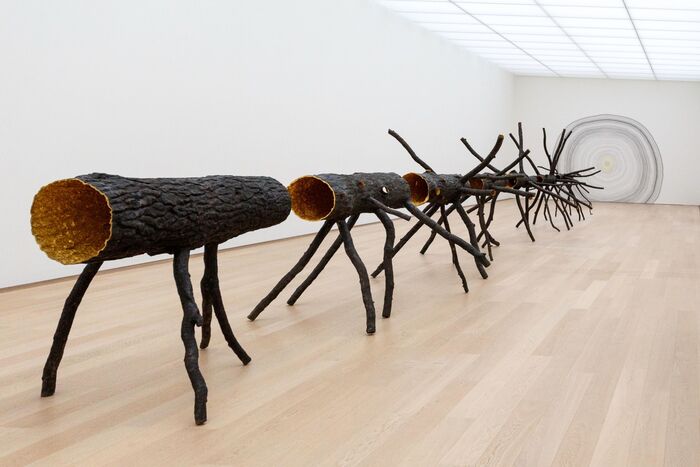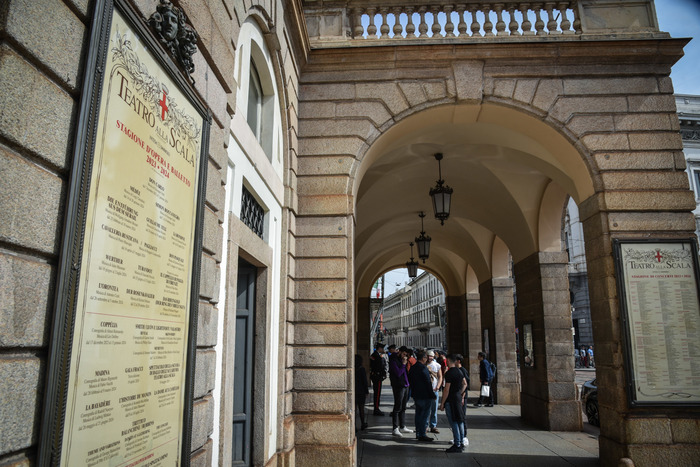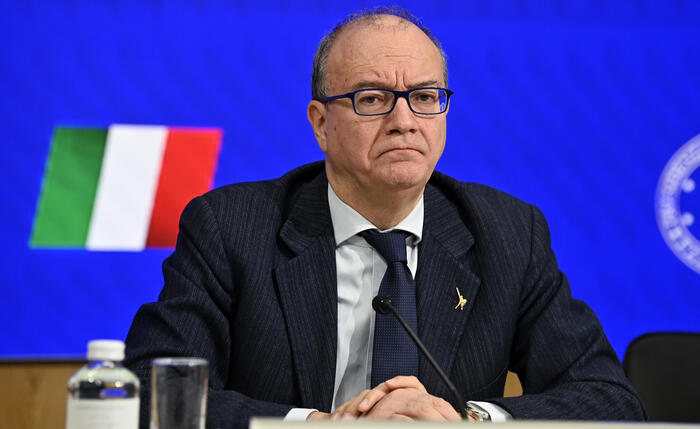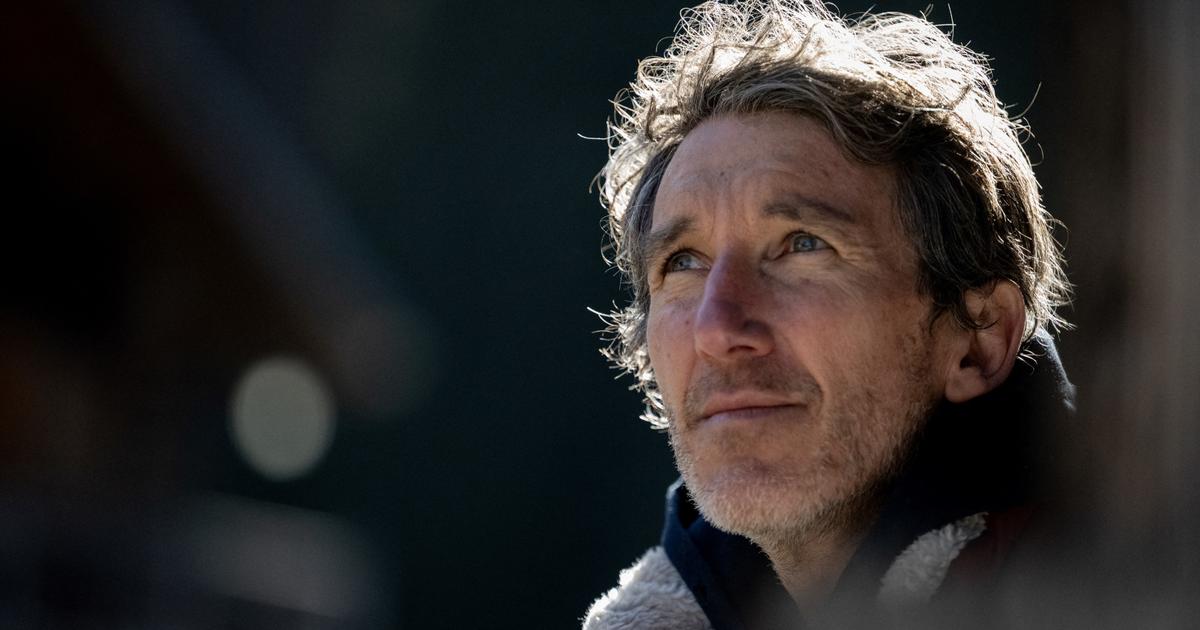ROME - The trees, an unmistakable sign of the master.
Leaves, branches and empty trunks that evoke primordial forms of life and recall anthropomorphic features, leaving open a silent dialogue between Nature and Man, endless time and the traces of history.
The combination of wood, bronze, leather, metals or marble in Giuseppe Penone's sculptures creates visions of suggestive energy.
The imprint of one of the champions of Arte Povera, so loved abroad that it appears in the collections of prestigious museums and more recent exhibition spaces such as the Louvre in Abu Dhabi, now arrives in Rome among the classic masterpieces of the Galleria Borghese.
The 36 works chosen by Francesco Stocchi for the exhibition ''Gesti Universali''
from 14 March to 28 May they tell the journey of the Piedmontese sculptor from the 1970s to the first glimpse of the new century.
The starting point is ''the search for something that is not present in the splendid environments, offering a new reading of the relationship between landscape and sculpture that the ancient statuary of the museum tells according to classical canons''.
It is a look at the contemporary scene that in the Gallery directed by Francesca Cappelletti is repeated after the clamor of summer 2021 with the works of Damien Hirst from the exhibition 'Archaeology now' juxtaposed with the gems of the collection of Cardinal Scipione Borghese.
offering a new reading of the relationship between landscape and sculpture that the museum's ancient statuary narrates according to classical canons''.
It is a look at the contemporary scene that in the Gallery directed by Francesca Cappelletti is repeated after the clamor of summer 2021 with the works of Damien Hirst from the exhibition 'Archaeology now' juxtaposed with the gems of the collection of Cardinal Scipione Borghese.
offering a new reading of the relationship between landscape and sculpture that the museum's ancient statuary narrates according to classical canons''.
It is a look at the contemporary scene that in the Gallery directed by Francesca Cappelletti is repeated after the clamor of summer 2021 with the works of Damien Hirst from the exhibition 'Archaeology now' juxtaposed with the gems of the collection of Cardinal Scipione Borghese.
Here Penone's works are not placed in real or symbolic comparison with classical art but must be understood as a "reflection with respect to the environment, a completion of elements: in the rooms characterized by a riot of marbles, sculptures and decorations - magnificent representations of mineral world - Penone adds an organic graft of leaves, leather, wood that connects and defines the two universes". In the Gardens, on the other hand, the integration looks to the world of metals, with bronze sculptures next to the surrounding vegetation, enriched by about forty new potted plants as support for some works.
Alongside those less known or iconographically little associated with Penone's work, such as Sguardo vegeta, others will be exhibited for the first time in thematic groups such as the evocative Respirare l'ombra (2018), in which the open chest of a human figure made of dark leaves shows lungs of golden laurel leaves cast in bronze.
In Spazio di Luci, from 2008, eight hollow trunks of bronze and gold refer to animal forms.
Two human figures barely hinted at by the leaves caged in thin branches make up ''Thoughts of leaves'', from 2014. The two elements in cedar wood are the ''Albero di otto metri'', from 2000.
The artist's interventions, observes the curator, renew the Baroque game that intertwined landscape, nature and sculpture in the Gallery, ''activating a new dialogue, presenting a question on sculpture, revealing its historical and contemporary evolution''.
Penone has investigated nature and its transformation processes since his debut in 1968 in the current of Arte Povera.
In the seventies his attention was focused on the human body and its relationship with the external environment through photographs, projections, impressions and casts of anatomical parts in various materials.
And if the tree remains at the center of everything because it is "the first and simplest idea of vitality, of culture, of sculpture", the 75-year-old artist from Garessio publicly recalled a few months ago that the practice of shaping matter is ''an expression that can escape conventions.
If one makes a glass it is an object of use, if one designs a glass it is a cultural product.
The sculpture must somehow be able to derive from the
object a thought, to create a reflection.
My work has always been carried out with the concern of going beyond the convention of looking through touch which allows us to identify matter and understand the surface of things''.
(HANDLE).









/cloudfront-eu-central-1.images.arcpublishing.com/prisa/77MG57WPDAGCADFCYNIRTMWR5Y.jpg)